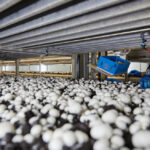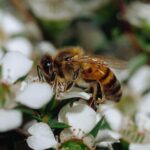Luckily, the humble mushroom�s divine properties have once again been recognised in recent years, and…
Australia’s beef industry: what lies ahead?
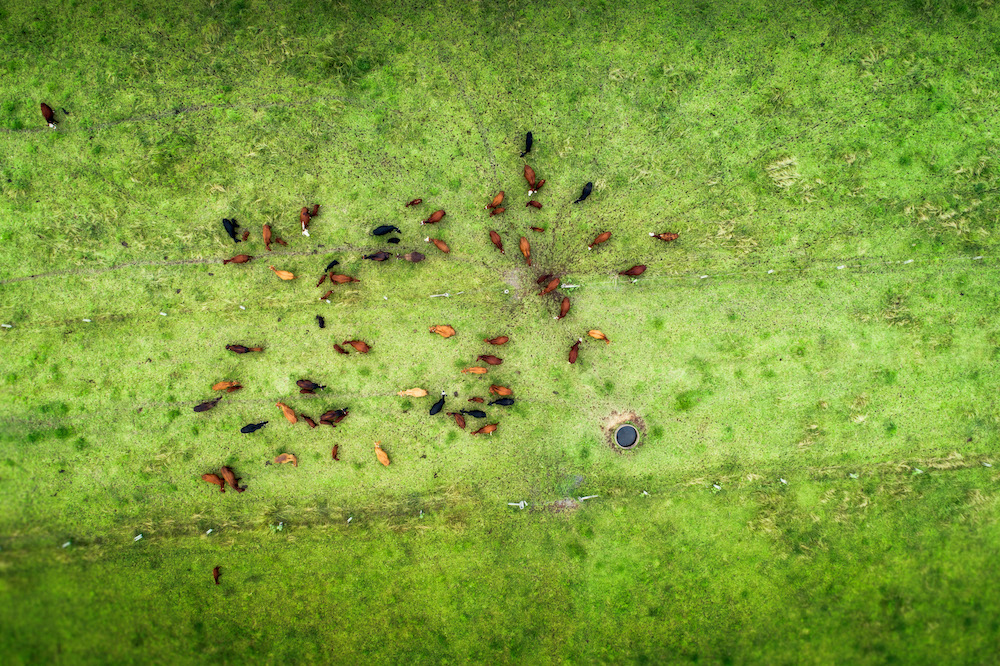
The global economic recovery from the recession after the outbreak of COVID-19 could be compared to the recovery of Australia�s livestock and particularly its beef sector. And what happens nationally is reflected in NSW�s cattle production sector.�So when it comes to Australia’s beef industry � what lies ahead?
Australia�s beef herd fell to 24.6 million head in 2020, after a near-record increase in exports in 2019 of 1,298,167 head of cattle, according to Australia�s Department of Agriculture, Water and the Environment.�
That herd total is on the rise as farmers hold on to their heifers and look to naturally increase their breeding numbers. That in itself is maintaining a premium price point, as demand continues to outstrip supply.
Meat & Livestock Australia (MLA) has forecast a 2 per cent increase in herd numbers across Australia in 2021, to 25.2 million head.�
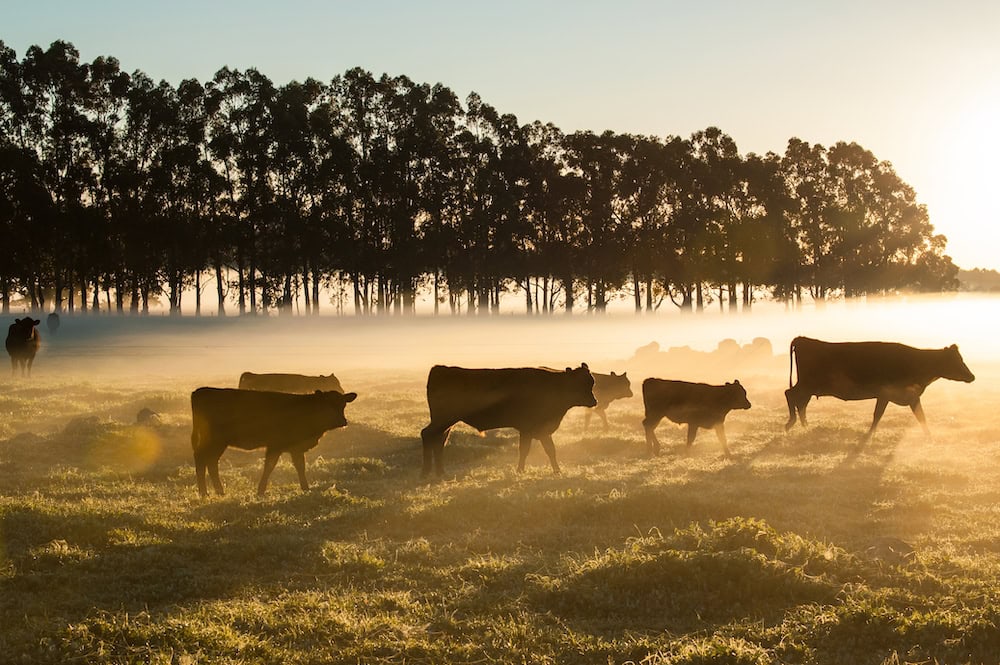
It has also estimated cattle slaughter will drop by 3 per cent to 6.9 million head.�
MLA also reported more than one million cattle were in the domestic feedlot sector; this is a significant number, given a large quota of heavy cattle were exported live out of northern Australia into Asia in the first quarter of this year, particularly in readiness for Ramadan. Some cattle were finished, while others were lighter weight and intended for feedlots part-owned by Australian processors.
MLA market insights manager Tim Ryan recently told ABC Rural that cattle exports into Asia were expected to drop as low as 850,000 in 2021. While Australia doesn�t rely only on Asian markets, that continent remains a key business destination for a lot of our local processors.�
Greener grass
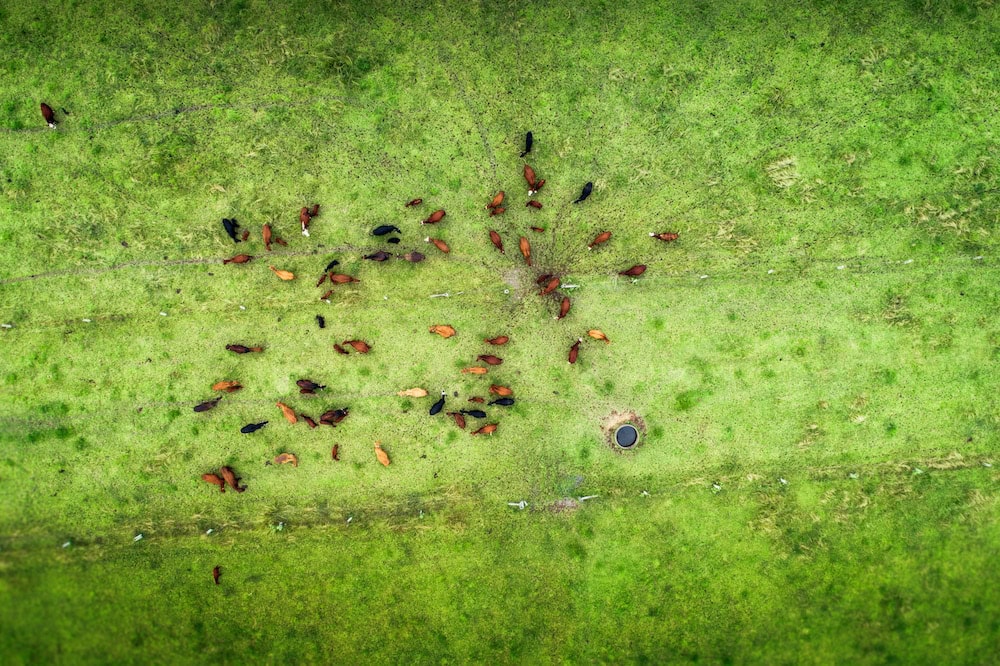
The drought that began in NSW in mid 2017 saw many farmers doing what they could to keep their core breeding stock and protect their pastures and soil. They sold mature cows, and calves at younger ages and lighter weights. Even as prices back to the seller minimally rose in saleyards, and from processors competing for a shrinking supply, that income was spent on fodder and drought mitigating management.
Consistent rainfall from late summer last year saw many farmers hold on to their existing breeders and their younger livestock; they focused on keeping heifers to naturally increase their herd size, and steers to grow out or sell at an older age to finishers. These decisions led to fewer cattle in the supply chain and a lot of competition between restockers, finishers, feedlots and processors, which helped drive prices.�
While prices excited some commentators at the end of 2020, many farmers and analysts are saying, justifiably, it is the reward for maintaining commitment to the beef industry.
In a lot of respects, as the pandemic settled in last year, the shortening supply was a boon to processors � the demand for beef by cruise ships, airlines and the tourism hospitality sector stopped overnight. If climate conditions hadn�t changed in 2020,�and the same tonnages of cattle were being offloaded because of drought, there was a significantly smaller tourism hospitality market to sell that meat into.�
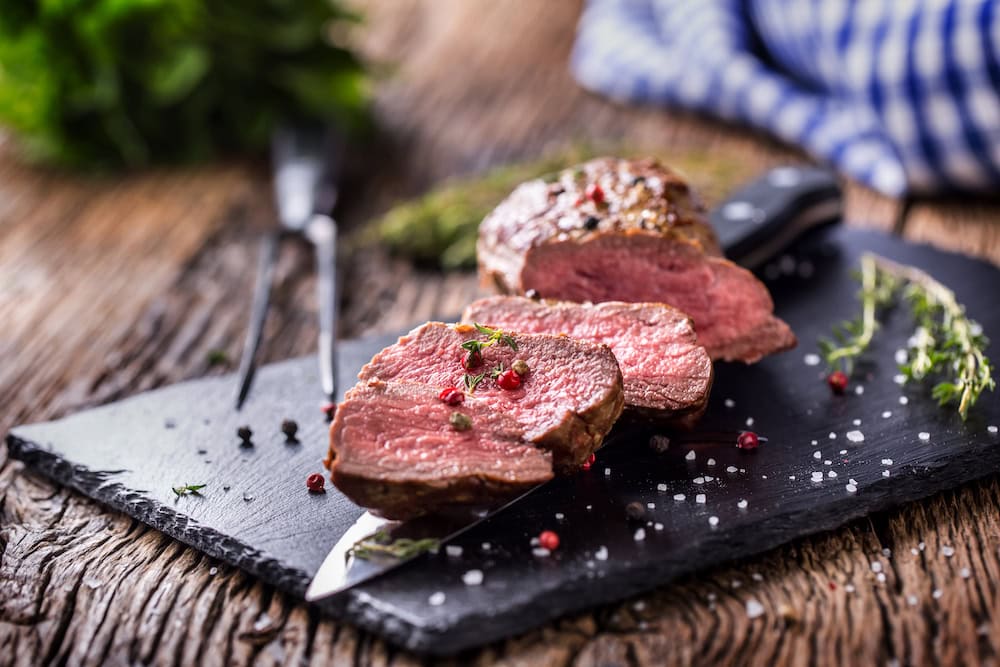
This continues to be the case in many travel markets, but government initiatives and promotional campaigns are encouraging people to travel domestically � which should naturally increase the demand from tourism markets for meat.�
There have been additional costs in the processing industry as well, as a result of the pandemic. Workplace changes have been well-documented in the past 12 months, and processors are not exempt.
For many processors a combination of reduced supply, high prices and the additional cost impost of pandemic control measures along the supply chain is creating a financial headache that is likely to play out over the next 18 months.
�The food service sector crashed in the early days of the pandemic, and we saw an immediate drop in sales to wholesalers who just weren�t able to sell the product,� says John Seccombe, chair of the Northern Co-operative Meat Company, which has three processing plants. The co-operative boasts more than 800 farmer members, 1200 employees and a number of industry-operator members that hire the processing plants and workforces.
�Cattle prices have also made it difficult to trade beef,� John says. �The restocker market is paying well-overdue premium prices for cattle, which is also affecting the operation of processor facilities. We are planning 18 months before stability returns to the market.�
That stability will see some small dips and rises, before landing at a price not incomparable with current returns, according to some analysts.
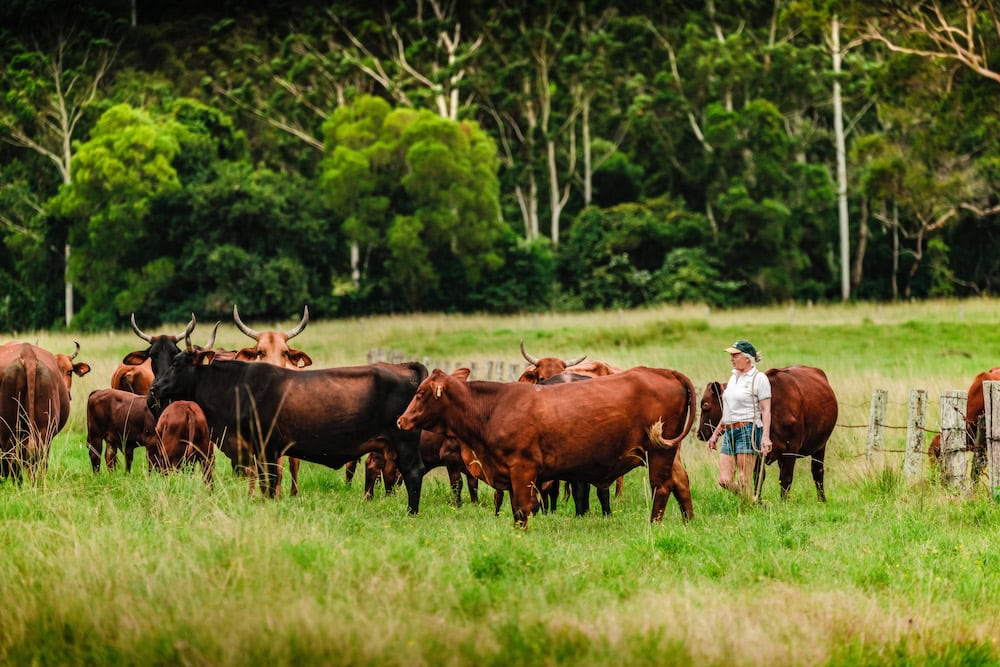
While the sun shines�
So, let�s explore the trends coming out of this, and what some farmers are doing to benefit from premium prices.
As part of an economic stimulus package coupled to the drought and COVID-19, the agricultural sector has also benefited from the government�s instant tax write-off for improvements and assets.
In a special report titled Post-harvest Infrastructure in The Farmer, January-February 2021, we explored how farmers were investing in the Federal Government�s instant asset write-off. Up to $150,000 is available with sheds, silos, stockyards and solar panels in the mix.�
Shorthorn breeders and grass finishers Bill and Alison Archinal, of Mount George, have invested in improving their stockyards this year. They got through the drought by selling more of their calves as young weaners, rather than taking them through to two years old and finished on grass.
�By selling younger than usual, it�s been lucrative, so we�ve been able to move ahead,� Bill says.�
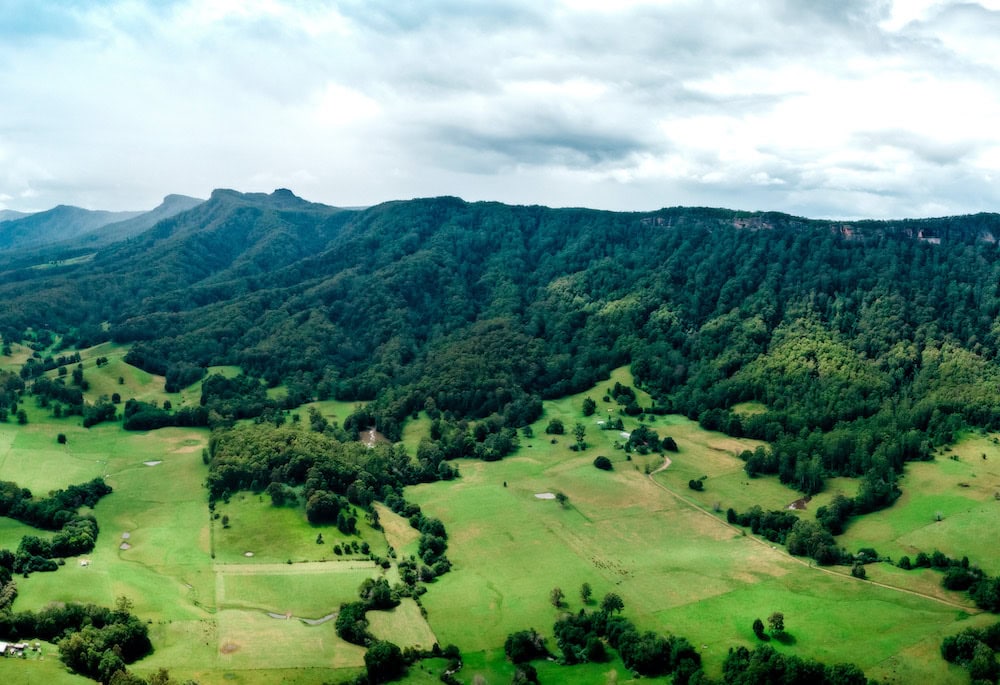
The couple sell 80 per cent of their annual draft through the Gloucester saleyards, to a return buyer who targets grass-fed cattle. Now, with premium prices paid during the past year, they have invested in improving the farm�s stockyards and increasing land care, especially weed control, on their rangeland.�
The Archinals sell the remaining 20 per cent of their annual draft as meat, an innovation that began 12 years ago to improve and diversify their income.
They have found it�s important to some consumers to know the story behind how their beef was raised.
�I think there�s a growing market for a grass-fed product,� Bill says. �Environmental management is critical to all the issues of the beef industry. Consumers want to know the farmer is being responsible about weed, grassland and feral animal management.�
Shorthorn breeder and grass finisher Bill Archinal of Mount George.
�Australia is well placed to build on its reputation for clean and green beef, and paying premium prices for MSA accreditation and guaranteed antibiotic-free and grass-fed rewards the farmer for their stewardship. MSA grading has been a game changer for the beef industry � it adds value to what we�re doing, but it has also lifted the value of the wider market.�
Premium value
In the November-December 2020 issue of The Farmer, in an article titled Reform after COVID-19, NSW Farmers President James Jackson talked about how investing in some key priorities can help farmers create value from growing premium�products.�
In particular, it is about industry and government investing in logistics support and policy reform at the local and regional level, to grow NSW agriculture to a $30 billion industry by the end of this decade; and a key partner in the national industry�s ambition of $100 billion by 2030.
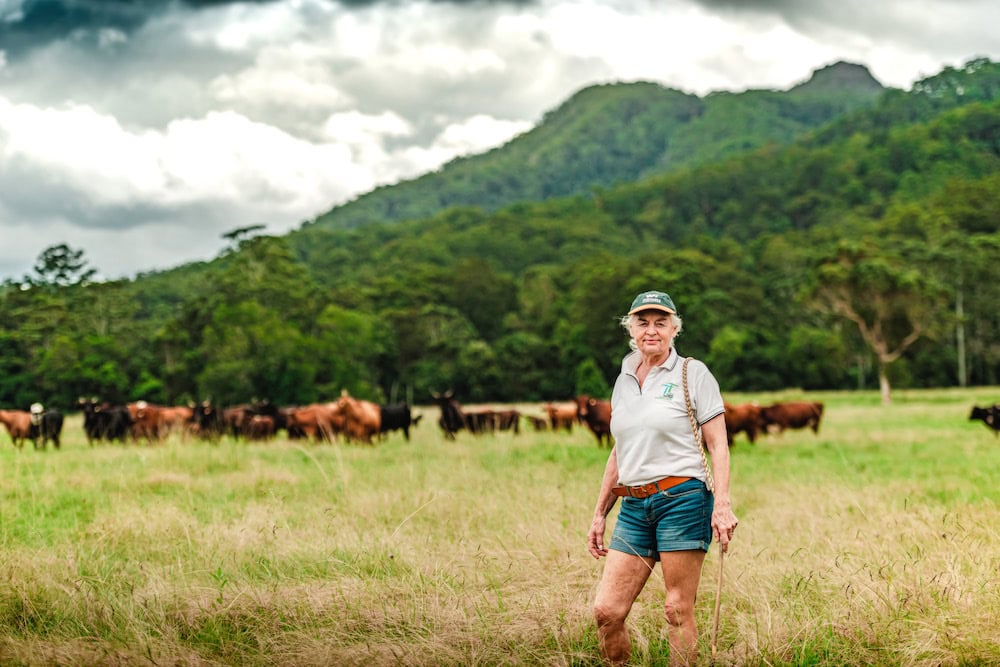
The priorities for farmers include environmental stewardship, value adding to products and investing in data systems, supply chains and infrastructure. Industry initiatives such as Meat Standards Australia (MSA) grading and Livestock Data Link (LDL) provide farmers with data to help add value to their production system.
NSW Farmers� Cattle Committee Chair Deborah Willis produces vealers from a self-replacing cross Santa Gertrudis cow herd, and she works on a property adjoining State Forestry and National Park on the Mid North Coast.
She says this data enhances Australia�s traceability systems, and encourages farmers to participate in local delivery of extension services, share information and identify their own industry research and development�priorities.�
�MSA is a wonderful tool for producers. We pick a market to sell into and breed or manage our herds to service those markets,� she says.
�The data that is gathered as our cattle are processed is part of an important chain of events that can attract a premium. LDL adds value to tracing the performance of our cattle, and gives you confidence in the industry and in the cattle you�re breeding.�
NSW Farmers� Cattle Committee Chair Deborah Willis
Deborah says it is obvious the retail market is already responding to grass-fed and environmental stewardship accreditations. �The global economy is looking at carbon neutrality and it�s one of the Cattle Committee�s priorities to create opportunities for measuring carbon emissions that are of value to our NSW farmers,� she says.
�We also encourage farmers to work with their regional LLS to prioritise information exchange, biosecurity and weed management on their farms.�
If you enjoyed this feature, you might like to read our story on herd rebuilding.


